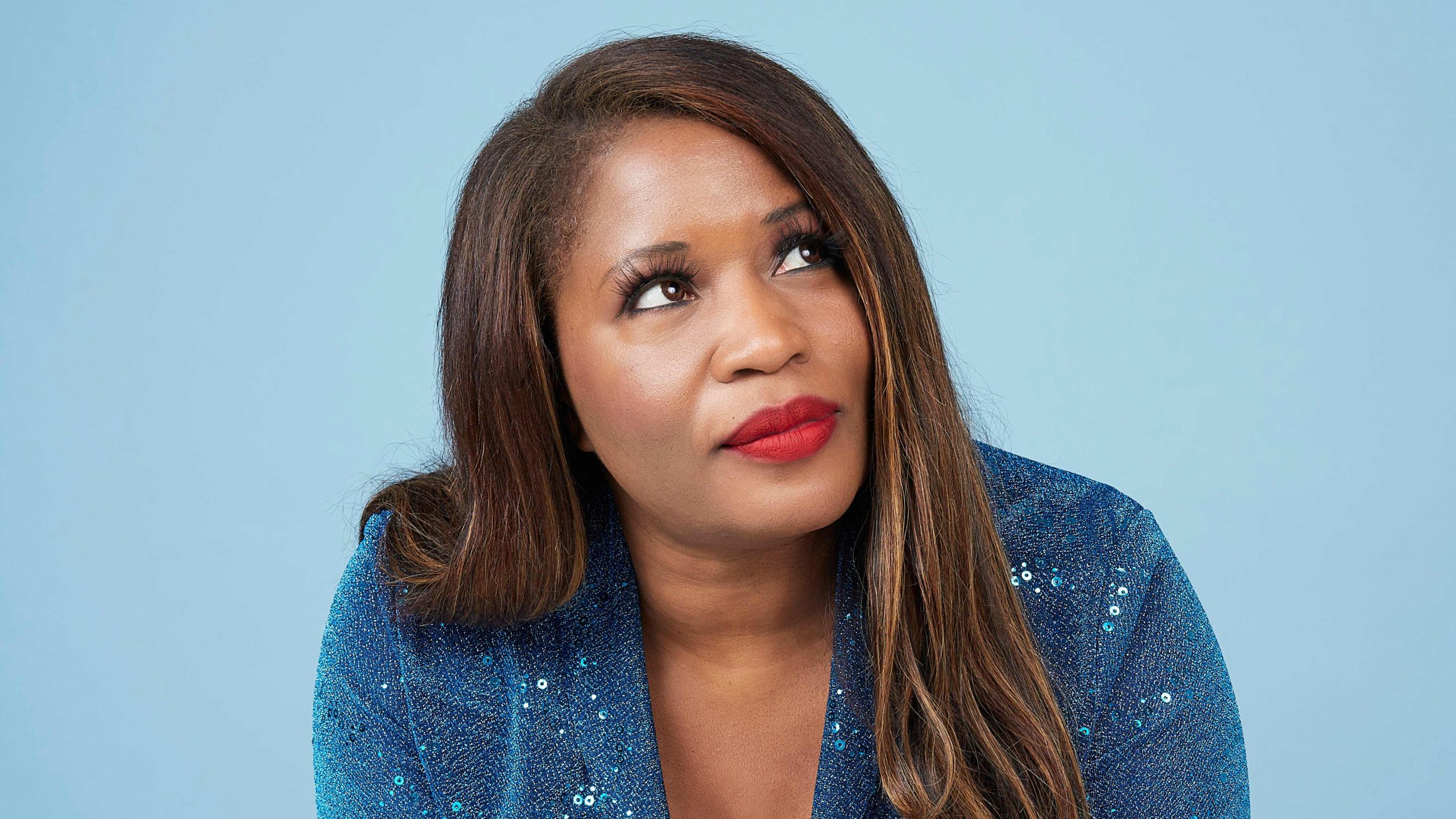[vc_row][vc_column][vc_separator color=”black”][/vc_column][/vc_row][vc_row][vc_column][vc_column_text]These days, it’s rare to find a company that doesn’t list diversity and inclusion as a priority — at least publicly.
But a look at the stats shows that despite efforts to create more diversity, the needle has barely moved in the past five years — especially in tech. Even as many companies have put considerable effort into hiring diverse candidates, it’s a sad fact that people from underrepresented groups leave companies at a higher rate. That’s likely because, while diversity seems like a concrete goal, inclusion is a more difficult concept to address.[/vc_column_text][/vc_column][/vc_row][vc_row][vc_column][vc_column_text]Solving this problem starts by getting clear on what inclusion is. To quote Verna Myers, VP of Inclusion Strategy at Netflix, “Diversity is being invited to the party. Inclusion is being asked to dance.” True inclusion means ensuring the people who join your team feel like they belong, and can express who they are. That’s what makes people want to stay at a company and it takes more than lip service. It means operating from rigorously held core values like respect, accountability and collaboration.
But even companies that appear to take inclusion seriously often struggle to make improvements. Here are three surprising ways I’ve seen well-meaning leaders sabotage their own efforts — without even realizing it. [/vc_column_text][/vc_column][/vc_row][vc_row][vc_column][vc_custom_heading text=”Viewing inclusion as a policy, not a value” font_container=”tag:h2|font_size:15|text_align:left”][/vc_column][/vc_row][vc_row][vc_column][vc_column_text]My company was recently recognized as a Great Place to Work for Inclusion. This means at least 90% of our employees feel they’re treated fairly, regardless of personal characteristics like gender, ethnicity, age and sexual orientation. But here’s something that may surprise you: we don’t have any policies aimed at fostering inclusion.
Why not? It’s simple — if you need policies to help people feel included, you’re missing a baseline of respect baked into your culture. In fact, some studies have shown that mandatory diversity training at companies can actually serve to increase prejudices.
It’s not that you shouldn’t be intentional about addressing imbalances. When I started diff, we were six white guys in a room. Correcting that came down to creating a culture of respect and fairness, not putting in diversity targets. We took steps like ensuring pay equity across genders, bringing in values coaches to help with communication issues between our staff, and flattening out our hierarchy so anyone can talk to anyone.
We didn’t set out to become diverse or inclusive, we set out to be a place where people — no matter who they are or where they come from — want to work. Today, that’s reflected in a workforce that is about 40% female — including in technical roles — and reflects the racial and cultural diversity of our community. The kicker? We have a retention rate of over 90% — a big achievement in a field known for swiftly revolving doors. [/vc_column_text][/vc_column][/vc_row][vc_row][vc_column][vc_custom_heading text=”Tolerating toxic clients ” font_container=”tag:h2|font_size:15|text_align:left”][/vc_column][/vc_row][vc_row][vc_column width=”1/2″][vc_column_text]You might have the healthiest internal culture in the world, but exposing your team to disrespectful, offensive or insensitive clients can bring toxicity in from outside your organization and taint your team’s experience at work. I realize not all companies can afford to pick and choose their clients (we certainly can’t, at least not yet) but working with the wrong clients may cost you more than the revenue is worth. [/vc_column_text][vc_column_text]On rare occasions, we’ve even “fired” clients who have repeatedly shown that they’re not able to treat our team with respect. (I don’t mean the odd miscommunication — we’re talking about a habitual lack of professional decency.) It’s a bold move to make, but it pays dividends in retaining the integrity of our work environment. [/vc_column_text][/vc_column][vc_column width=”1/2″][vc_single_image image=”16638″ img_size=”full”][/vc_column][/vc_row][vc_row][vc_column][vc_custom_heading text=”Overlooking accessibility in your products” font_container=”tag:h2|font_size:15|text_align:left”][/vc_column][/vc_row][vc_row][vc_column][vc_column_text]Are the products or services that you offer inclusive for all different kinds of customers? If what you create isn’t accessible (or at least striving to be), what message does that send? Tech companies especially tend to overlook this because we think of the internet as a great equalizer. In fact, it can be a very exclusionary place.
For instance, we know that people with disabilities often struggle to access information and services online because many websites are still not built using best practices for accessibility. So we make sure to add image description tags, subtitles for videos or high contrast type to the sites we build. These are simple steps many companies just don’t think to add. As a result, they’re missing out on the purchasing power of the people they’re excluding and sending an unintentional message to their teams that accessibility and inclusion don’t matter outside their doors (not to mention, breaking the law in many places).
Another example of external inclusion: Last year, Microsoft released an adaptive video game controller developed with input from children with disabilities. It included touchpads instead of buttons and bright colors for those with visual impairment — and the company continues to gather input with a mission to keep improving. The resulting product not only empowers young people, no matter their ability, it also sends a message to their staff that accessibility and inclusivity isn’t just an internal initiative.
Ultimately, the success of inclusion efforts isn’t that hard to determine. Do your diverse hires stay? Do they recommend friends for job openings? Are they represented at every level of your organization? Does your company reflect the community you operate in, your customers and their end customers? If not, it’s an indication you might need to take a closer look at the “I” side of the D&I equation.
Ben Crudo (@bengmn) is the founder and CEO of diff, a full-service ecommerce agency.
[/vc_column_text][/vc_column][/vc_row][vc_row][vc_column][vc_cta h2=”” h4=”Follow Us on Social Media “]To stay in the know on the latest news in business, travel and lifestyle on the go, follow us on social media.[/vc_cta][/vc_column][/vc_row]













